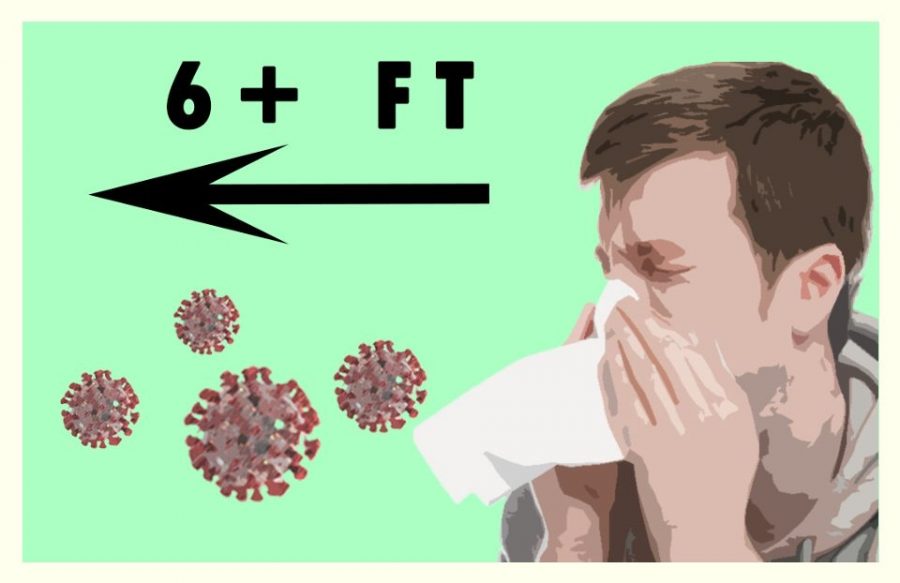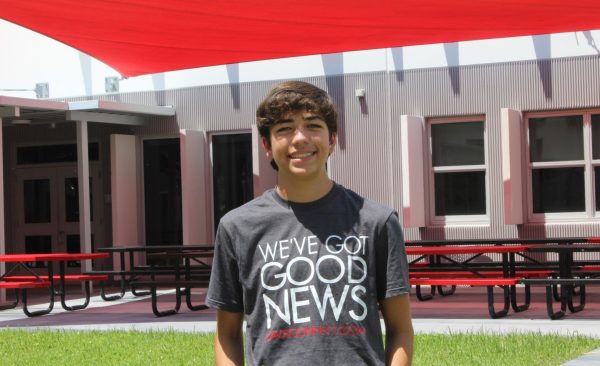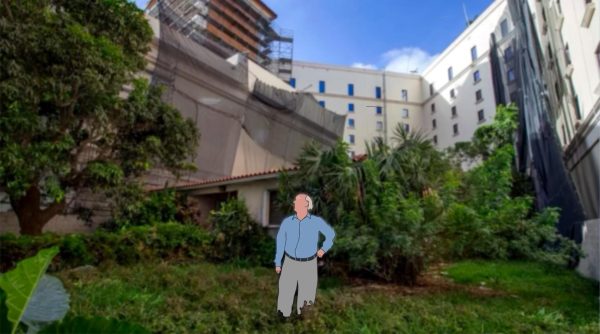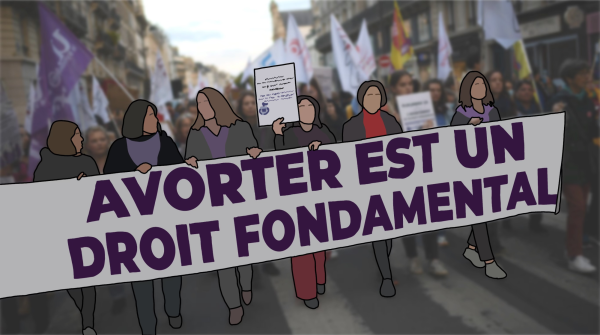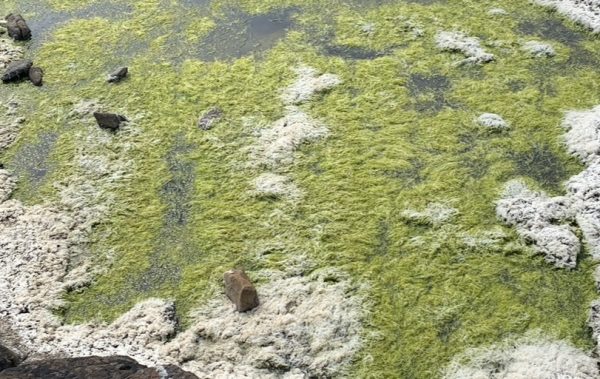CDC Removes COVID-19 Aerosol Transmission Guidelines
The Centers for Disease Control are under scrutiny after adding and removing guidelines regarding how COVID-19 spreads, as many wonder if President Trump influenced the abrupt changes.
Sep 28, 2020
Last Friday, the Centers for Disease Control added new information to Coronavirus resources regarding the manner in which the virus spreads. However, just a few days later, the new guidelines were removed. This led many to wonder why they were taken off the website and if President Trump had anything to do with it. The new information also has the potential to change the reopening process significantly, possibly resulting in further delays.
The now-removed information pertained to how the virus travels through the air. Prior to Friday, the CDC had stated that it could only spread through large droplets that are dispersed among people in close contact when they talk or sneeze. In the new guideline, the organization adds that it can also be transmitted through “droplets or small particles such as those in aerosols.” This means the virus can spread much farther than just six feet, which would completely transform the way this pandemic should be handled.
However, this detail is not totally new. Since the beginning of the pandemic, many scientists have been working diligently to prove whether COVID-19 can spread through aerosols. The World Health Organization acknowledged the possibility that this could be true back in July. The CDC has been continuously encouraged by such scientists to publicly address this information for months. Many are concerned that the confusing situation caused by the abrupt erasure will lead to the information not being accepted as well by the public. If people take and react to this information well, a huge step forward could be made towards eliminating cases.
“I think it was irresponsible to do that. Especially after scientists had said that [it was airborne] before, and if it is true that it is airborne taking down the announcement won’t spread awareness and help people be safer,” sophomore Brittany Fuenmayor said.
The CDC said this abrupt backtrack occurred because the new addition, while correct, was only a draft announcement that was yet to be approved. Jay Butler, the Deputy Director for Infectious Disease at the CDC said, “Unfortunately an early draft of a revision went up without any technical review.” The CDC intends to make sure to emphasize that large droplets are still the primary way the disease spreads.
This is not the first time they make an error like this. In May, they accidentally suggested that the virus cannot spread from contaminated surfaces very easily. However, in truth, nothing had been discovered to prove this and although it is not the primary mode of transmission, contracting the virus through surfaces is still a possibility.
This sudden change has led many to believe that President Trump may be involved with the taking down of the new information as he is set on reopening schools and businesses as soon as possible. Just last week, the organization posted and removed the suggestion that people who have come in contact with someone who has the virus but do not have symptoms do not need to be tested. This recommendation was heavily criticized and believed to have been pushed by the Trump administration.
Widespread knowledge of the virus being airborne would change the reopening process completely. Studies have shown that even when people social distance, the virus can still spread through aerosols, which are able to spread farther than six feet. However, most of the test subjects who became ill were exposed for a long period of time or did not wear masks, so it is possible that aerosols were not the main factor to blame for transmission. In order to prevent the spread, including through aerosols, buildings should be well-ventilated and proper social distancing and mask guidelines would have to be followed.
“It was unfair for the CDC to keep that information from us, we have a right to be informed,” sophomore Yvana Mendoza said.
While this addition and removal of information was sudden and strange to many, it is important to remember that the potential risk of aerosol transmission is still a significant one. This hazard means everyone must follow regulations and remain careful if they want a safe return to normalcy. Existing guidelines should continue to be followed with additional caution regarding this revelation about transmissions.


